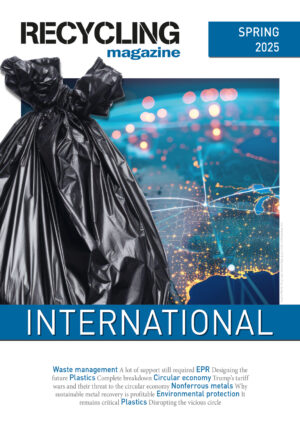The new research examines the potential environmental and consumer savings that new ecodesign measures could bring to Europe through the new Ecodesign for Sustainable Products Regulation.
The new ecodesign measures include setting minimum requirements on product design (design for durability, repairability, and recyclability) as well as provisions aiming to reduce unnecessary production (through banning the destruction of unsold goods).
Specifically, the report looked at potential savings that new measures could bring for four product groups through case studies on each, namely kitchen appliances (kettles and microwaves), textiles (t-shirts), intermediary construction materials (cement) and furniture (office desks and chairs).
Whilst it is promising to see that two of these sectors (furniture and textiles) are likely to be included in the measures, there is still uncertainty about which other product groups will be included in a draft work plan expected to be published for consultation in early 2023.
Regulating intermediary products, like cement, may have a vast potential because of the high carbon intensity of these products and their inclusion in a range of different types of products. A similar analysis, recently published by Zero Waste Europe and Eunomia, found that a business-as-usual approach to producing intermediary materials, which account for a quarter of global emissions, are leading us towards global warming of up to 2.5 °C.
The Commission already signalled that it would exclude cement from the ESPR scope in an earlier communication, preferring to address this highly polluting sector in the Construction Products Regulation (CPR). Environmental groups, however, fear that the CPR will be a weaker instrument, unlikely to set minimum design requirements with the same strength as ecodesign legislation. The risk is prolonging the availability of cement with high embodied emissions. As the study found, 7% of global greenhouse gas emissions are linked to cement production, and emissions from EU cement production alone is equivalent to the emissions of Belgium.
Omitting these products from the Ecodesign work plan would therefore be a missed opportunity for the EU to work towards its climate targets.
The study also showed promising outcomes from establishing horizontal requirements across groups of similar products. Products such as kettles and microwaves could be grouped as ‘small kitchen appliances’. Individually these products might not account for a sufficient footprint to be prioritised, but across the entire group, the potential savings for horizontal measures can be very significant. Delays in ecodesign measures for individual product groups threaten climate goals and cost consumers, and so there is no reason for the Commission not to accelerate the process by tackling multiple product groups at once.











